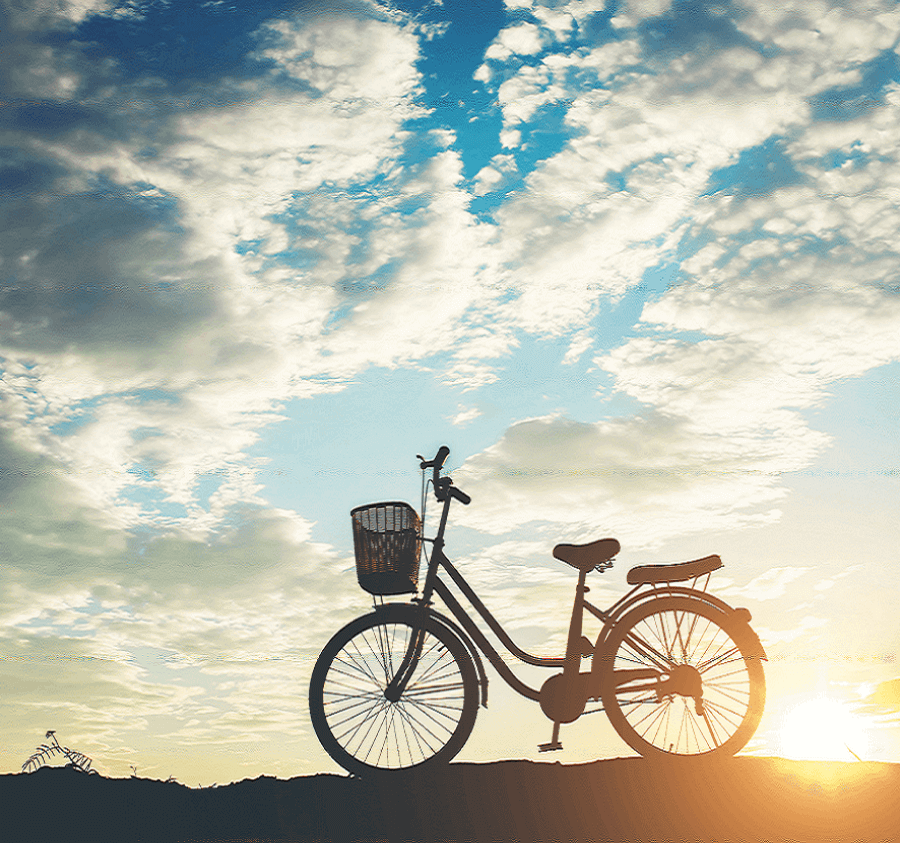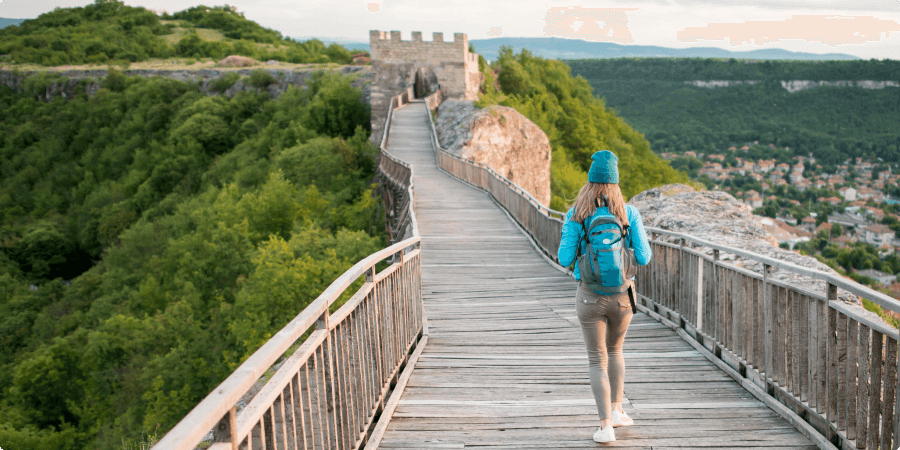There is a large sector that caters to visitors in a city that receives more than double the number of tourists as locals each year. The most often asked question is where to dine or eat in Marrakech.
It is logical.
We see hundreds of them strolling, dining, and enjoying the city every time we go out. However, we occasionally – alright, frequently – shudder when we see what they’re consuming. This is not designed to terrify anyone, so do not be alarmed.
However, after repeating, “well, you really don’t want to eat it” too many times in my brain, I realized we had to do something! Therefore, if you are visiting Marrakech, here’s what to eat and how to organize a gastronomic journey.
When people think about Morocco’s cuisine, they think of one of two things.
“No way, I never want to see another tajine in my life,” they say if they are like my father.
“When is the next dinner ready?” they will ask, if they are like my mother.
What creates the difference, besides from palates? My father visited fifteen years ago, and we went on a pre-planned trip. For the next ten days, we ate chicken and potato tajine virtually every day – and it was not even that tasty.
What about my mother? We eat meals at home and at some of our favorite restaurants during the duration of her visit. Because of the circumstances surrounding their visit, they have extremely diverse perspectives on Moroccan cuisine. Keep in mind that many of Marrakech’s top eateries are not really what you’d call “restaurants.”
So, first and foremost, let’s address the drawbacks.
- In Marrakech, there are a few things you should avoid eating:
- In Djamaa al Fna, do not buy cookies from carts. They may appear to be of excellent quality, but the quality is not the same, and the components are unknown. Stick to patisseries instead. Patisserie Prince, located just off the plaza, features excellent cookies and pastries, as well as a pleasant indoor sitting room where you can relax and enjoy a treat without being bothered.
- Similarly, the majority of eateries in the local square area are not really outstanding. They are not poisonous to eat, but they do not receive the same level of care and attention. If you order pizza or something other non-traditionally Moroccan, you will be disappointed.
- When dining at Djem al Fna’s food vendors, be cautious. Almost every article I have read about food in Marrakech praises the square’s open-air food vendors. However, you will only see Moroccans dining at a few of them. Look for places where there are a lot of Moroccan families eating. Keep your distance if all you see are tourists. We recognize that many individuals desire to participate in this activity; therefore, we have spent time researching the finest stalls — check the list below.
- Fried fish is sold by street food sellers. Because Marrakech is a landlocked city, obtaining fish requires some effort. In street vendor booths, fried fish, French fries, and other fried delights are offered. I would advise you to stay away from any fried fish that you have not seen prepared (freshness). If you are buying fried meals, make sure to check the oil first. All you need is a quick glance, and it’s typically right in front of you. Continue walking if it appears to be dark in color or has been in use for some time.
- It is not always easy to trust ground beef. Make sure any meat you consume is properly cooked; rare or medium rare meat is not recommended.
- It does not make anything wonderful just because it’s pricey or elegant. There is some very outstanding high-end cuisine here, as well as some extremely pompous establishments serving substandard fare. Do not mistake a high price for superior quality.
If you are lucky, you will be visiting friends who will provide you with some delectable fare. If you are not, I will tell you where we prefer to dine in the hopes that you may appreciate it as well.
- In Marrakech, what to eat:
Residence Al Andalous IV, N9A, Le Warner, Avenue Yacoub El Marini
We don’t go out for breakfast very often, not because I don’t enjoy it, but because it’s usually something quick at home or something eaten after the traditional breakfast hour. When we do go out, though, we enjoy this location. It’s hardly a traditional Moroccan breakfast, to be sure. Consider stopping by if you’re searching for a good brunch in Marrakech.
The food is a blend of American and European flare, and the restaurant has a 1950s American dinner concept. They provide cuisine all day, but our favorite meal is their breakfast. Pancakes, waffles, eggs, and massive breakfast dishes are just a few of the options. It is also one of our children’s favorite spots.
Snack Othman; Boulevard Moulay Rachid, near Winoo – Gueliz:
Breakfast attracts large crowds almost every morning, but if you arrive early, you will have a greater chance of securing one of the few remaining seats. The cuisine is really straightforward. You may order the Beldi breakfast, which consists of fresh batbout bread with the aforementioned condiments, as well as olives, honey, olive oil, argan oil, honey, and amalou.
You may also acquire khlii from eggs. Morocco’s famed dried meat, khlii, is wrapped in fat before being melted down with fresh eggs. You should give it a go! To drink, select between Moroccan tea or a Moroccan smoothie with seasonal fruit of your choosing.
Gueleiz, Cafe 16 Place du 16 Novembre; Gueleiz, Cafe 16 Place du 16 Novembre; Gueleiz,
Cafe 16 is located in the Marrakech Plaza, between the Djem al Fna and Gueleiz. This café appeals to me since it serves basic items that are lacking in quality elsewhere. Their salads, which remind me of salad in the United States, are my favorites. There’s plenty of lettuce and toppings, as well as tasty dressings. Seasonally, the menu varies. Breakfast, lunch, and supper are all available. Although the price is more than in a local café, you may have a hearty lunch for 100 dirham or less.
Lunch and dinner restaurants in Marrakech
This is the most substantial meal of the day. People have lunch between the hours of 12 and 3 p.m. Dinner is not provided until much later, if at all. It may be any time between 7 and 11 p.m. In between, there is generally a “coffee break” (goute). So, where do we proceed from here?
Bejghueni; 65, Rue Mohamed El Bekal | Gueliz:
This is one of our favorite sites to show visitors around. Almost all of the restaurants on this street provide a range of grilled meats, as well as sides and appetizers. Some have a more Middle Eastern than Moroccan vibe about them. However, they are mostly occupied by Moroccans, with only a few visitors. You have complete control over anything you desire.
Feel free to continue adding as you go. Specialties include grilled sheep liver and heart, which may not be to everyone’s taste but is done nicely. Their lamb and chicken kebabs, stewed white beans, and tomato salad are among my favorites.
Medina, Naranj, Riad Zitoun Jdid:
This is one of my go-to places since I know I will have a wonderful dinner here. Whether you consume meat or are a vegetarian, you have a lot of choices. There is not a tajine on the menu, which is influenced by Lebanese/Syrian cuisine. Make sure to make reservations if you want to come for supper. It is typically simpler to find a table for lunch.
The Djem al Fna Food Stalls:
When people ask where I like to dine on the plaza, I usually say no. However, I’m aware that it’s a big draw, with an exciting environment and something to see. The government has just erected handwashing facilities, vendor water stations, and standard stalls and seats. I continue to believe that there is better cuisine available elsewhere.
Stalls 93 or 31 for grilled dishes and Stall 14 “Krita” (there’s another a stall immediately across the street that is part of this “franchise”) for seafood are recommended if you truly want to get the experience. Stall 14’s proprietors also run a seafood restaurant in Gueleiz. You’ll receive superb fish, cooked quickly, and at a very low price at any location. Look for vendors with a lot of Moroccans eating to improve your meal experience. Don’t eat tajine or couscous here; stick to grilled items.
Derb Fernatchi – Medina – Le Trou au Mur:
It is uncommon that I come upon a restaurant that truly surprises me. However, the first time we ate here, I was blown away. On the menu, you will discover various typical Moroccan delicacies that you will not find in any other restaurant. If you become weary of Moroccan food, there are a few foreign options.
However, I can tell that the tastes of authentic Moroccan food are perfectly replicated in what they offer. I like how the meals have been tweaked to appeal to a more western palate (primarily by adding more textures), while yet keeping true to Moroccan flavors and customs.
3 rue Essaoussan, Medina, Ksar Essaoussan:
We all agree that some of the city’s greatest food is cleverly concealed. It might be difficult to locate, especially if you are unsure of what you are looking for. Some friends invited us to supper in Ksar Essaoussan last month. The restaurant is so cleverly disguised that a guy in a crimson cloak awaits you at the nearest major thoroughfare to assist you.
It is in a refurbished riad that solely operates as a restaurant and has no on-site lodging. Reservations are required, but you will be rewarded with a delicious (evening) meal of authentic Moroccan cuisine at a fairly cheap price. For all dishes and beverages, their mini menu, which is more than adequate, costs roughly $35 per person.
Gueleiz, rue Allal ben Ahmed, Amal Women’s Training Center and Restaurant:
It is something I’ve said before, and it’s something I’ll say again. The Amal Center serves one of the greatest meals in the city. The quality is always consistent, and the cause is ideal. Come for couscous on Friday, but arrive early or make reservations because it is becoming increasingly popular among residents as well as visitors. Their menu changes daily, but vegetarian alternatives are always available, as well as a blend of genuine Moroccan and foreign cuisine. Make a point of staying for a cup of tea and some cookies.
Kasbah, Cafe Clock, Derb Chatouka:
Cafe Clock, a popular Fez restaurant, has established a new location in Marrakech. The restaurant is located near the Kasbah, which is MarocBaba’s “home neighborhood,” and we like going in for both the cuisine and the memories. This restaurant serves as a cultural center as well as a dining establishment.
Amateur storytellers narrate the stories of Marrakech’s famous Djem al Fna storytellers in English on Thursday evenings. You name it, and it is definitely happening here: concerts, art exhibits, yoga courses, culinary lessons, and so on. They are known for its camel burger (yep, it is made with actual camel meat), but the menu has something for everyone.







